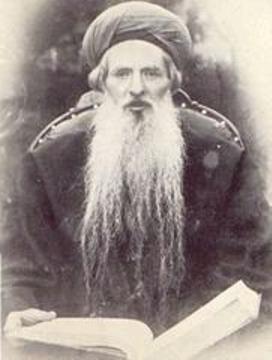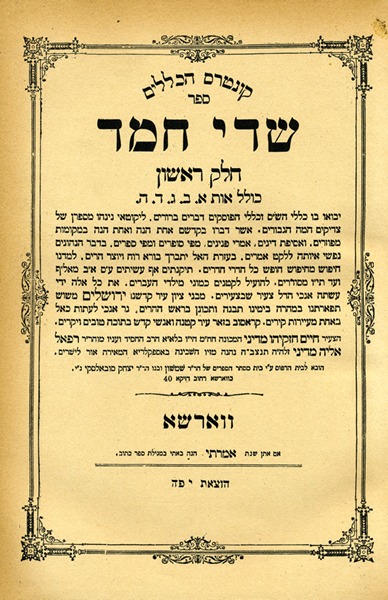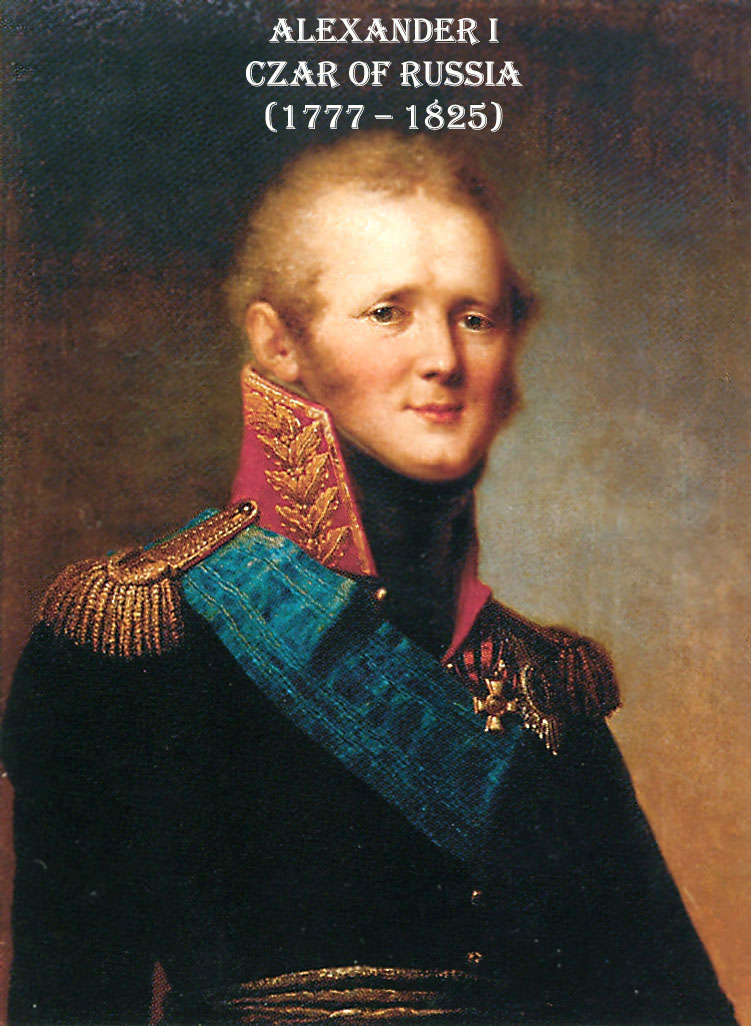
Rabbi Meir ben Baruch, the Maharam of Rothenburg (1225-1293) became the leader of Ashkenazic Jewry and one of the greatest rabbis of all time. We have close to 3,500 legal responses of his. It is just enormous.
In his time, Christian Europe discovered the advantages of extorting money from Jews. The Talmud already mentions the problem of non-Jews kidnapping Jews and holding them for ransom; it’s not a new problem. Even though the primary rule in Jewish law is that we do everything to save a Jewish captive – including selling a Torah scroll; a human being is worth more than anything else in the world – nevertheless, if, in the judgment of the Jewish court and the community, giving the ransom will mean further ransom and greater extortion, then we do not redeem captive for extortion. Therefore, a number of authorities wrote decisions setting the limit as to how much could be paid for certain Jews.
In 1285, the Maharam of Rothenburg left Europe to go to the Land of Israel, which was then under Turkish rule. The leader of the Turks openly solicited Jewish immigration expecting the Jews would build up the country, etc.
Simultaneously, the situation in Europe turned even worse for the Jews. They had been kicked out of France and England, and now they had to leave Germany, Austria and Bohemia. The question was where to go. Most opted to go east, and that is the beginning of the large Jewish emigration to Poland, Lithuania and parts of Russia. Some went south. There was a sizable emigration to Spain. Others headed for the Holy Land. The Maharam of Rothenburg was among them.
He set out incognito, because it was illegal to leave one’s town, especially Jews. He came to Lombardy in northern Italy, but there he was recognized by a Jew that had converted to Christianity, a bitter apostate, who turned him over to a local baron. The baron sold him to the Emperor of Austria for a fee. The emperor held him for ransom in one of his castles.
However, the Maharam of Rothenburg refused to allow the Jews to ransom him. The emperor started out with a very high ransom 30,000 marks, but at the end he was willing to take almost anything.
While incarcerated, Divine intervention allowed the Maharam of Rothenburg to have visitors and even run his academy. He stayed in prison for the last seven years of his life, but never allowed the Jews to ransom him, even though there were numerous offers to do so. He died in 1293 in prison. The emperor then held the body for ransom. But the Maharam had left a will forbidding it.
Here Jewish legend takes over, although there is no reason to doubt it. For seven years his body lay in the dungeon and didn’t decompose. When the emperor died, his son, the next emperor, took a small token amount of money and the Maharam’s body was removed.
In the Jewish cemetery in Worms, there is the burial place of the Maharam of Rothenburg with a large headstone dated back to the 14th century. Next to him is another headstone that says this is the man who gave the ransom to get his body out from the castle and bring it to a Jewish burial. The only reward he wanted was to be buried next to the Maharam of Rothenburg. The two lie side by side. It’s one of the oldest tombstones in all of Europe. It is amazing that it survived the Nazi occupation in WWII.









